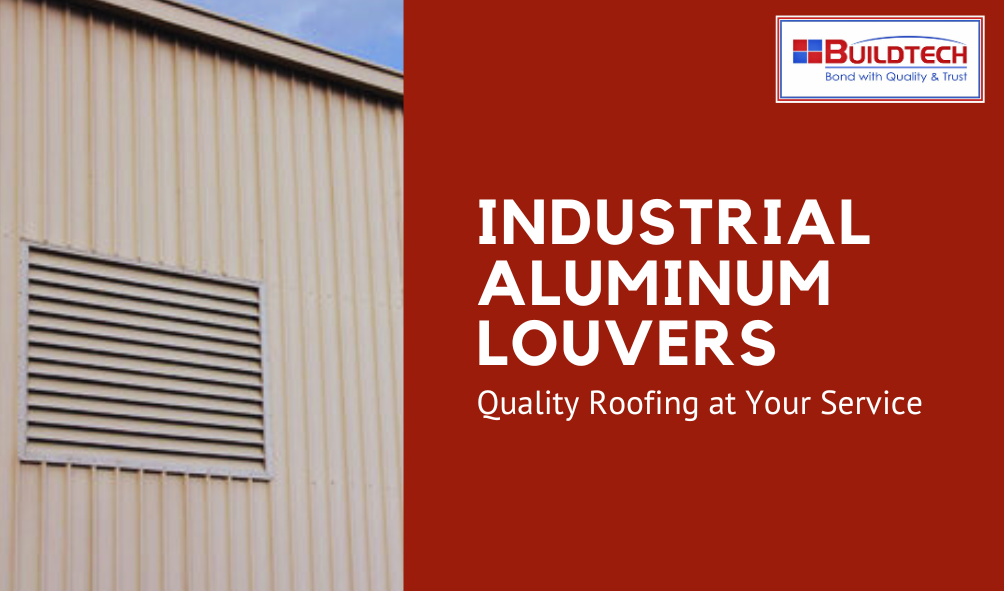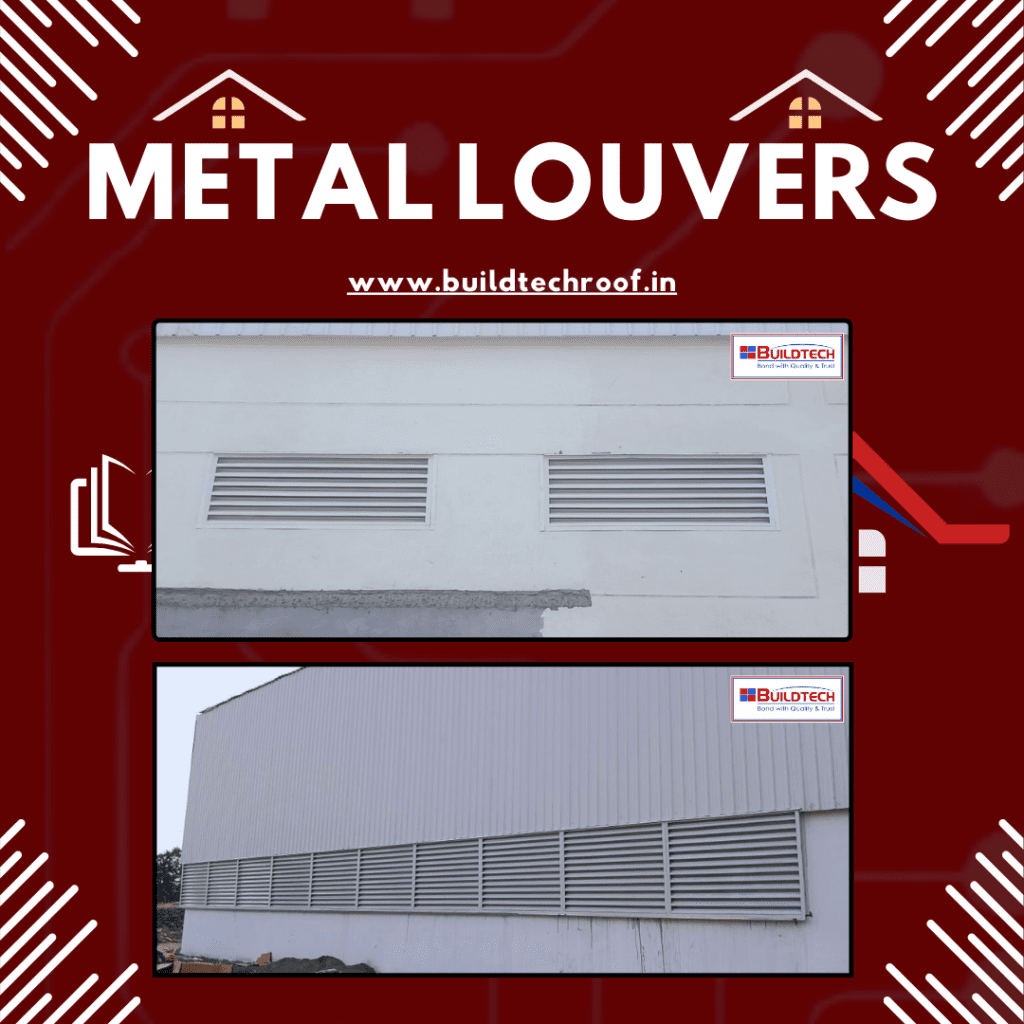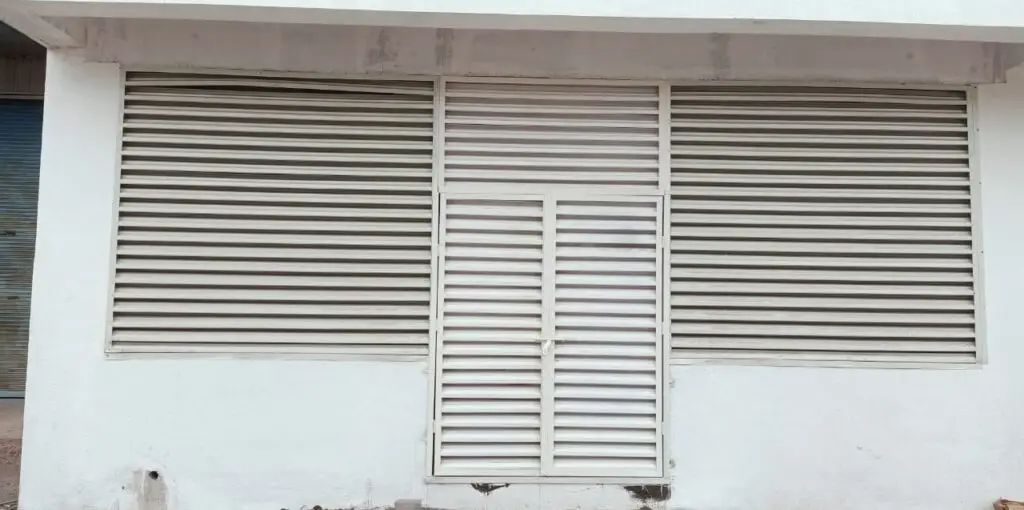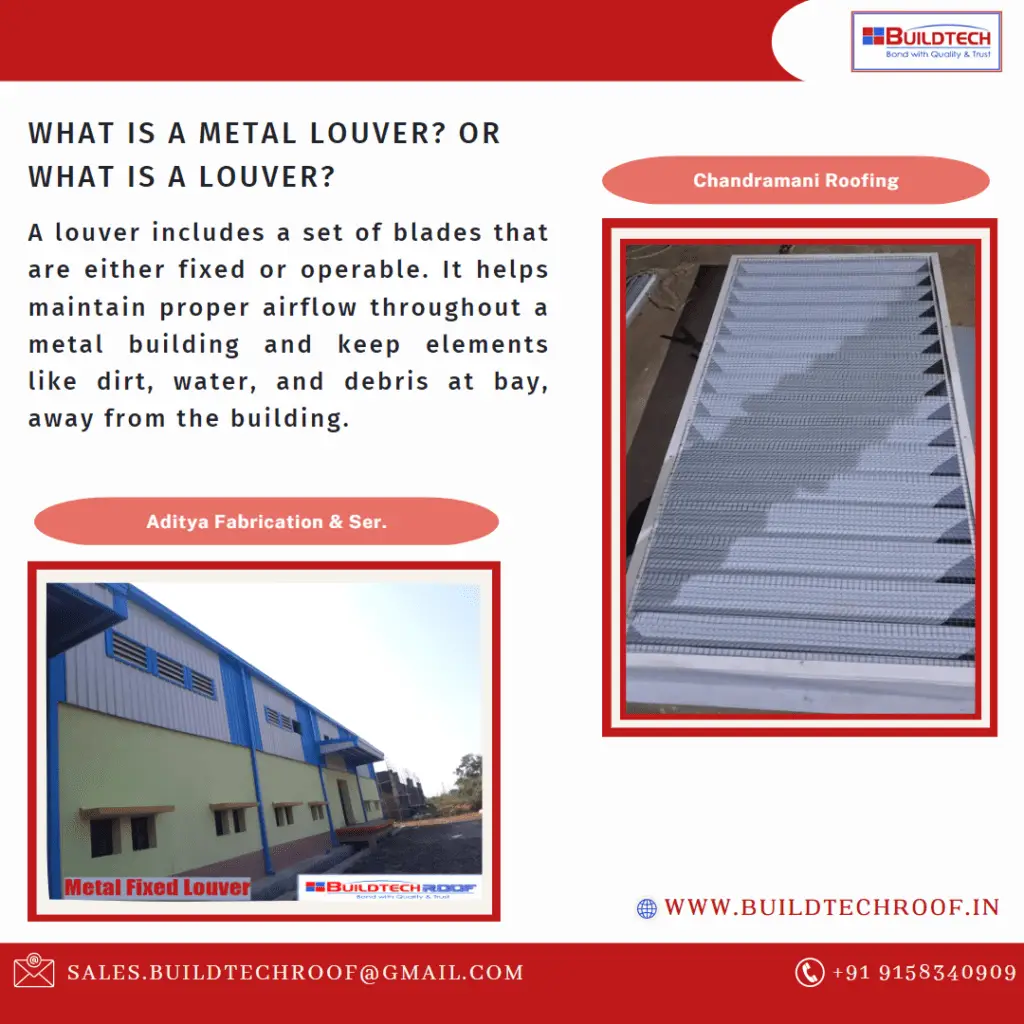Understanding Louvers
Essential Insights for Homeowners, Industrial Operators, Small Business Owners, Contractors, and Builders Louvers are essential components in industrial design. Whether you are a homeowner looking to improve your property, a contractor seeking to educate clients, or a small business owner wanting to optimize energy efficiency, understanding louvres, especially metal louvres, is essential. This article will explore the significance of louvres, their types, benefits, applications, and installation tips, providing a comprehensive guide for all target audiences. What Are Louvers? Louvers are architectural devices consisting of angled slats or blades that allow air to flow while preventing water, debris, and pests from entering a structure. They can be installed in various locations, including walls, roofs, windows, and doors, and are essential for ensuring proper ventilation and climate control. Louvres come in different materials, including wood, plastic, and metal, with metal louvers being particularly favoured for their durability and effectiveness. The Functionality of Louvers The primary functions of louvers include: Types of Louvers Louvres can be categorized based on their design, functionality, and material. Here are the main types: 1. Fixed Louvers Fixed louvers have slats set at a specific angle, allowing for airflow while blocking rain and debris. They are most commonly used in passive ventilation systems and are ideal for locations where airflow is needed but not adjustable. 2. Adjustable Louvers These louvers allow users to change the angle of the slats, providing control over airflow and light entry. This flexibility is beneficial when ventilation requirements vary throughout the day. 3. Drainable Louvers Designed with drainage channels, drainable louvers prevent water from entering a building while still allowing airflow. These are particularly useful in regions with heavy rainfall. 4. Acoustic Louvers Acoustic louvers are designed to minimize noise while allowing air to flow. They are often used in urban environments where external noise can be a concern. 5. Metal Louvers Metal louvers are constructed from aluminium, stainless steel, or galvanized steel. They are known for their strength, durability, and resistance to weathering, making them suitable for residential and industrial applications. The Importance of Metal Louvers Metal louvres have gained popularity due to their numerous advantages: 1. Durability Metal louvres are designed to withstand harsh weather conditions, including extreme temperatures, heavy rain, and strong winds. Their robust construction ensures longevity and reliability, making them an excellent investment for residential and commercial applications. 2. Low Maintenance Unlike wooden or plastic louvers, metal louvers require minimal maintenance. They are resistant to rot, corrosion, and pests, which reduces upkeep costs and extends their lifespan. 3. Aesthetic Versatility Available in various finishes and designs, metal louvers can complement different architectural styles, enhancing the overall appearance of a building while providing functionality. 4. Fire Resistance Metal louvers offer better fire resistance than wooden alternatives, making them suitable for use in commercial and industrial settings where fire safety is paramount. 5. Eco-Friendly Options Many metal louvers are made from recycled materials, making them an environmentally friendly choice. Their energy-efficient design also contributes to reduced carbon footprints in buildings. Applications of Louvers Louvers are utilized in a variety of settings, each serving unique purposes: A. Residential Applications In residential buildings, louvers can be found in: B. Industrial Applications In industrial settings, louvers are essential for: C. Commercial Applications In commercial buildings, louvers are commonly used for: Benefits of Using Louvers 1. Improved Indoor Air Quality Louvers facilitate the movement of air, promoting better indoor air quality. By allowing fresh air to circulate, they help reduce the concentration of indoor pollutants and allergens. 2. Energy Efficiency Louvers can significantly reduce energy costs by optimizing airflow and temperature control. Proper ventilation decreases the need for mechanical heating and cooling, leading to lower utility bills. 3. Protection from Elements Louvers are designed to block rain, snow, and debris while allowing airflow. This protective feature is especially important in locations prone to harsh weather conditions. 4. Customizable Solutions Louvers can be tailored to meet the specific needs of a building or application. They can be customized in terms of size, shape, and finish, allowing for a perfect fit in any architectural design. 5. Enhanced Property Value Well-designed louvers can enhance the overall appearance of a building, potentially increasing its market value. Prospective buyers often appreciate features that contribute to energy efficiency and comfort. Installation of Louvers Installing louvers requires careful planning and execution. Here’s a step-by-step guide to ensure successful installation: 1. Assess Ventilation Needs Before installation, it is crucial to determine the space’s specific ventilation requirements. This assessment will help in selecting the appropriate type and size of louver. 2. Choose the Right Louver Select a louver that meets your needs in terms of airflow capacity, aesthetic appeal, and durability. Consider factors such as blade angle, frame material, and finish. 3. Prepare the Installation Site Ensure that the installation site is clean and free of obstacles. Measure the opening where the louver will be installed and make any necessary adjustments to the structure. 4. Install the Frame Securely install the louver frame into the opening, using appropriate anchors and fasteners. Ensure that the frame is level and properly aligned. 5. Attach the Louver Blades Once the frame is in place, attach the louver blades according to the manufacturer’s instructions. Ensure that they move freely and are properly sealed to prevent water infiltration. 6. Inspect and Test After installation, inspect the louver to ensure it operates correctly. Test the airflow and check for any gaps or leaks. Maintenance of Louvers To ensure optimal performance and longevity, regular maintenance is essential. Here are some maintenance tips: 1. Regular Inspections Conduct periodic inspections to check for any signs of wear, corrosion, or blockage. Ensure that louvers are functioning correctly and that there are no obstructions to airflow. 2. Cleaning Remove dust, debris, and any accumulated dirt to keep louvers clean. Use mild soap and water to clean, avoiding harsh chemicals that could damage the finish. 3. Check for Damage Look for any signs of damage, such as bent slats or loose fasteners. Address any
Understanding Louvers Read More »







